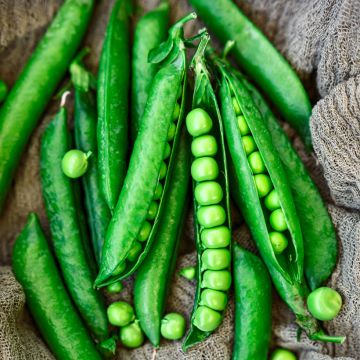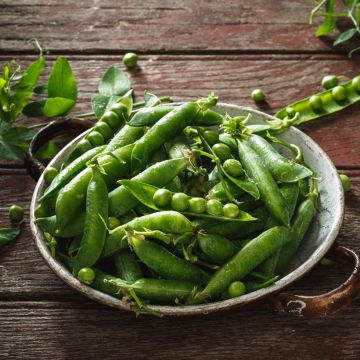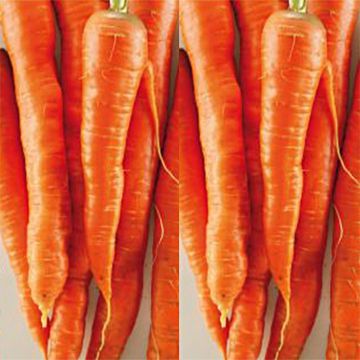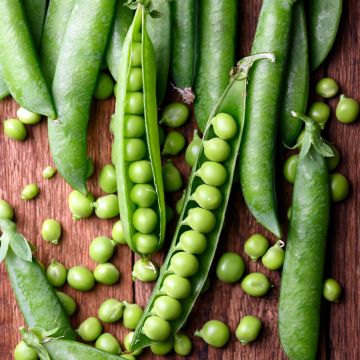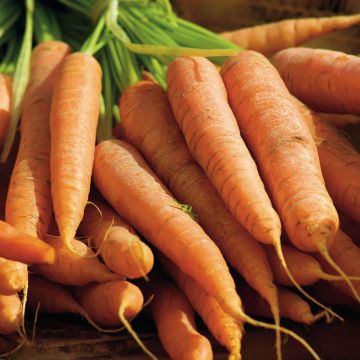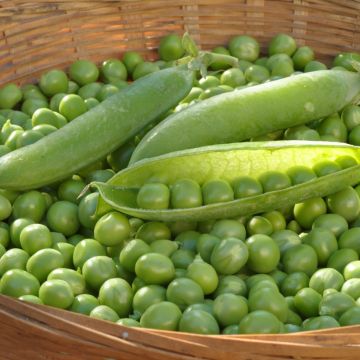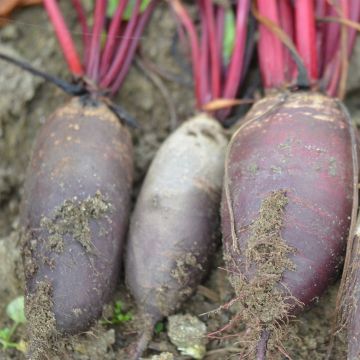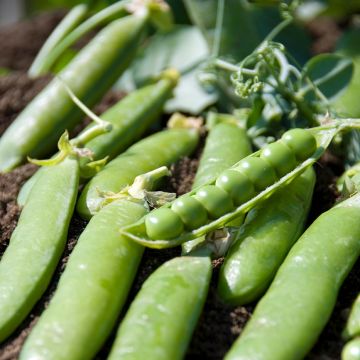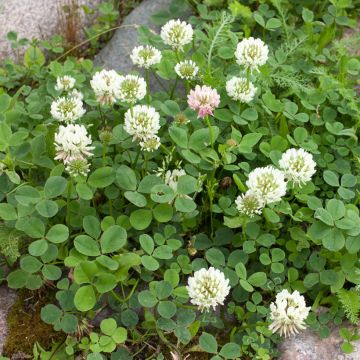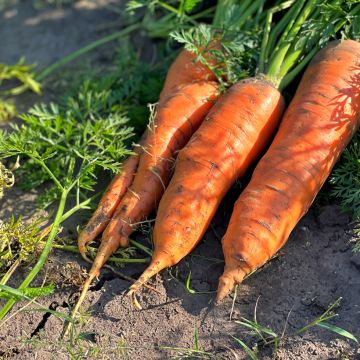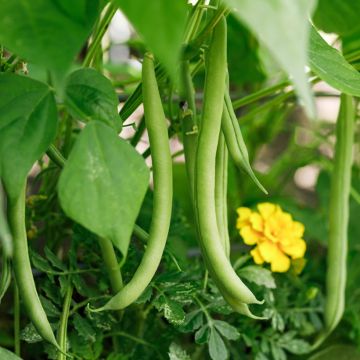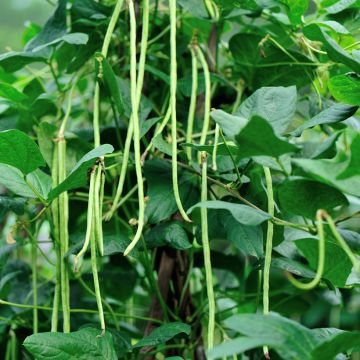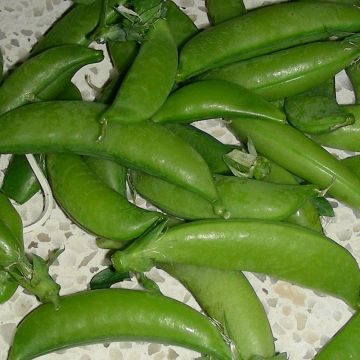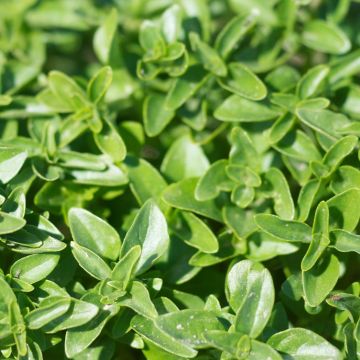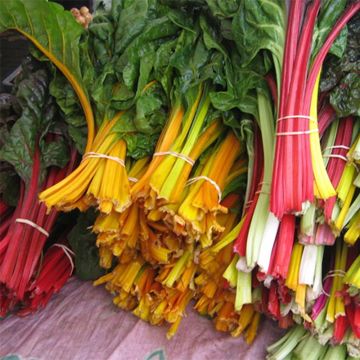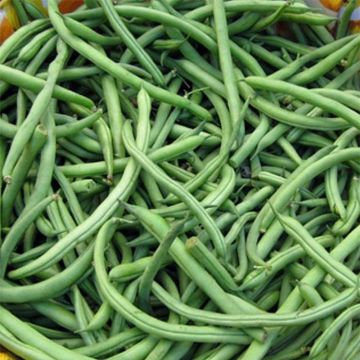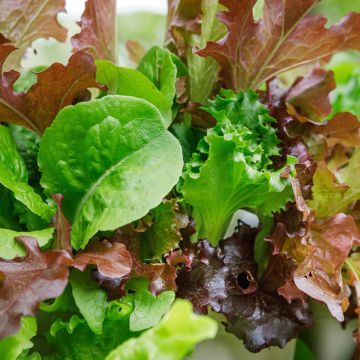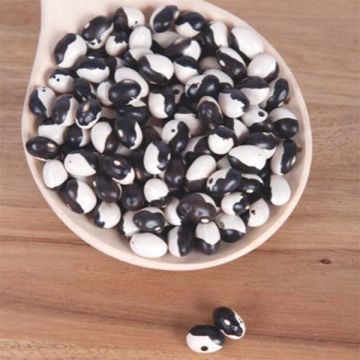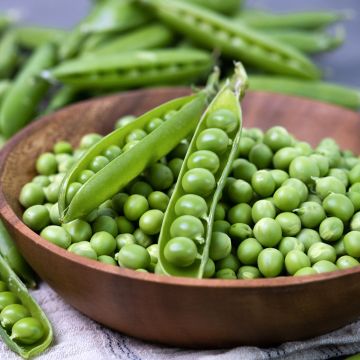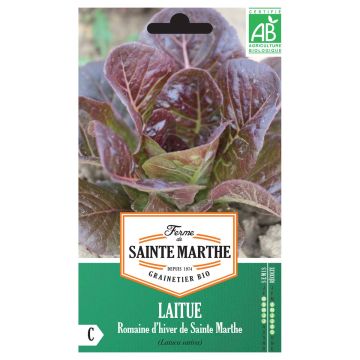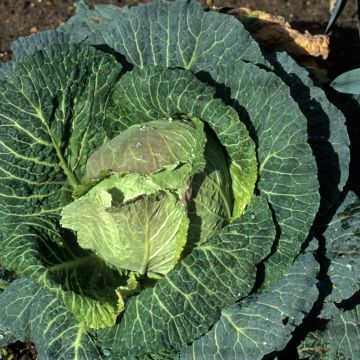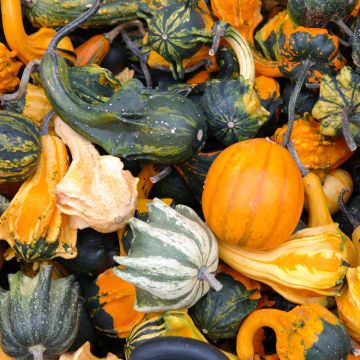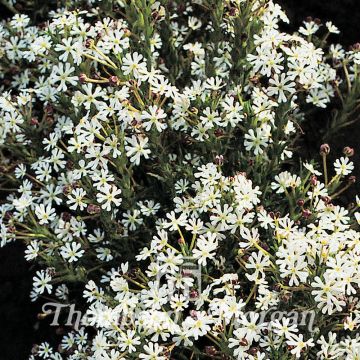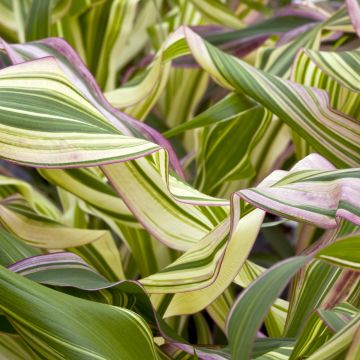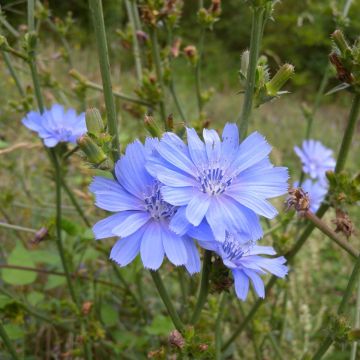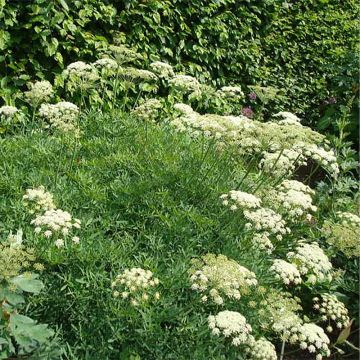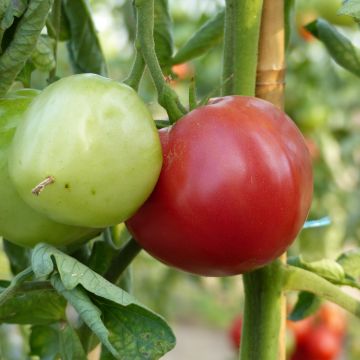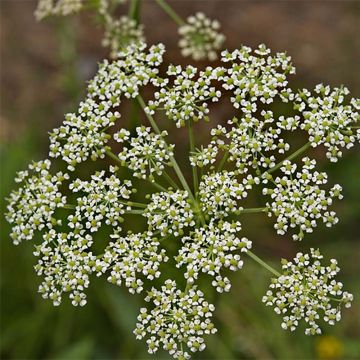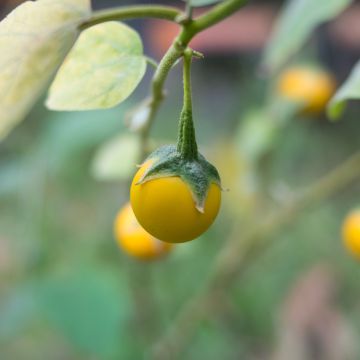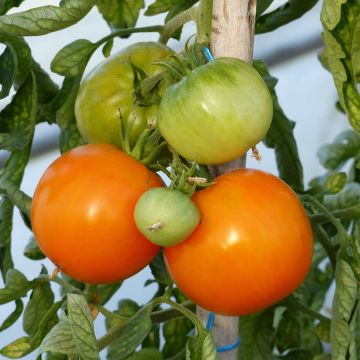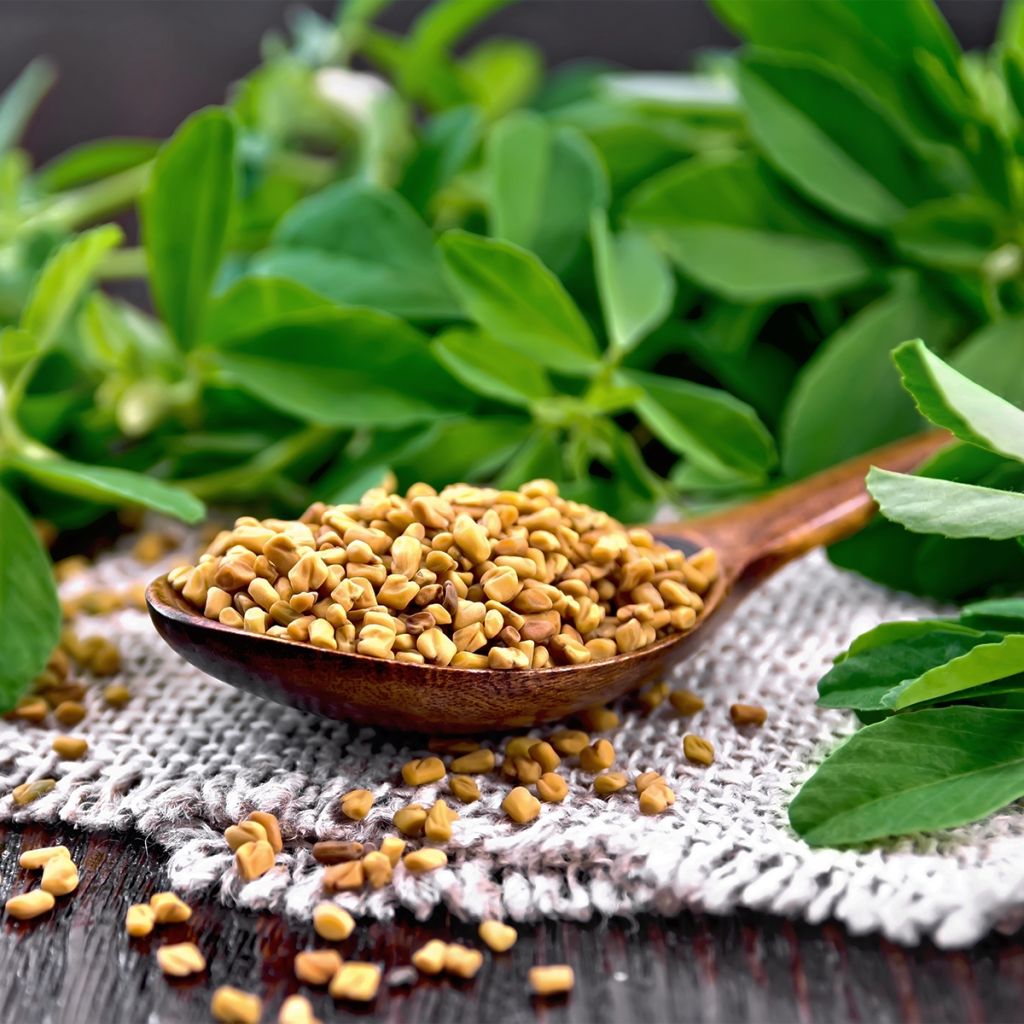

Fenugrec - Engrais vert - Ferme de Sainte Marthe
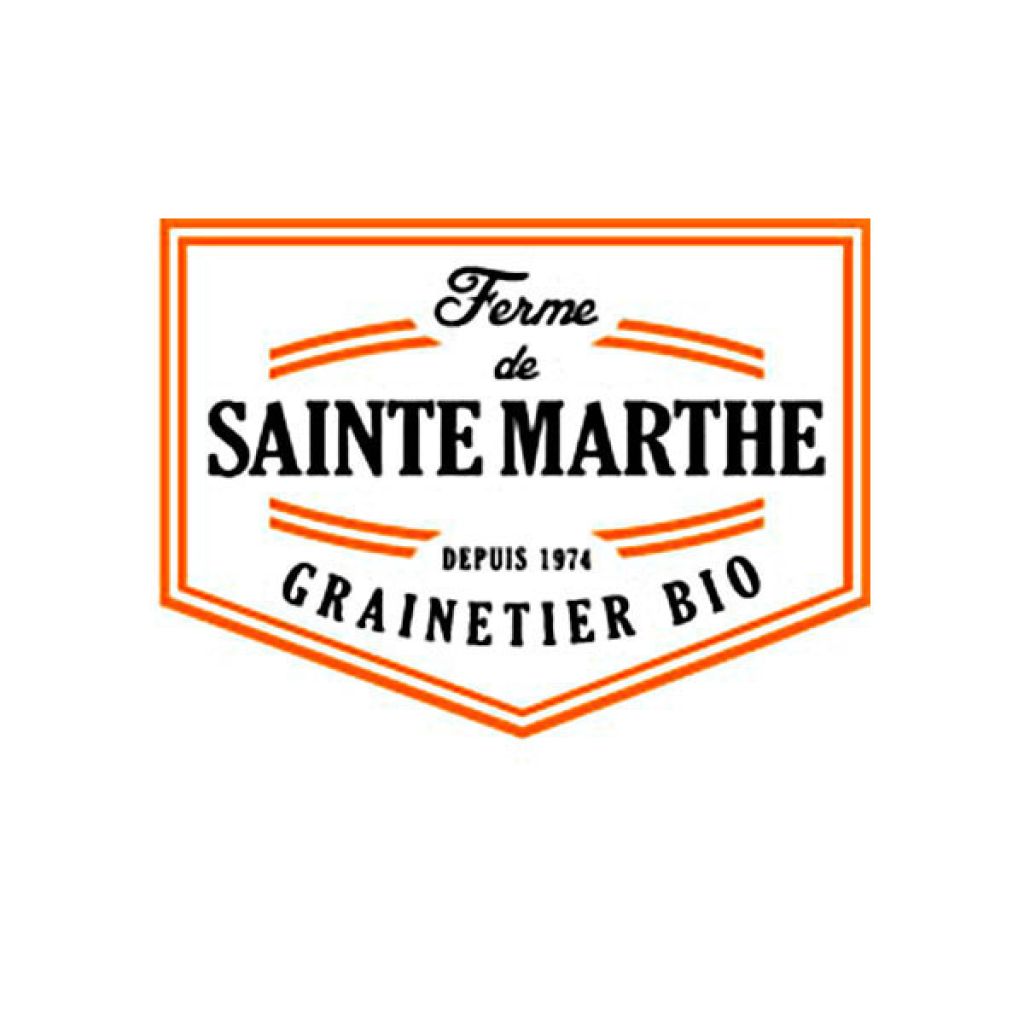

Fenugrec - Ferme de Sainte Marthe
Fenugreek - Green Manure - Ferme de Sainte Marthe seeds
Trigonella foenum graecum
Fenugreek, Greek clover, Greek hay
Few seeds have germinated, but the ones that have are growing into beautiful plants.
Eugenie, 20/09/2020
Why not try an alternative variety in stock?
View all →This plant carries a 6 months recovery warranty
More information
We guarantee the quality of our plants for a full growing cycle, and will replace at our expense any plant that fails to recover under normal climatic and planting conditions.
Seed-only orders are dispatched by sealed envelope. The delivery charge for seed-only orders is €3.90.
Description
Trigonella foenum-graecum, or fenugreek, is an annual legume cultivated as green manure or fodder. It grows rapidly and is perfectly adapted to calcareous soils and dry climates. Sow the seeds from late March to late July at a rate of 200g per 100m².
Fenugreek, also known as Greek hay, is an annual plant native to the Middle East. It is an herbaceous plant that reaches about 50cm (20in) in height. Its foliage is composed of three ovate leaflets that are slightly bluish green. Its flowering occurs from April to June in the form of yellowish-white flowers. This is followed by the formation of long, slender pods shaped like horns, containing its seeds.
This plant has been known since ancient times, when it was cultivated to feed herds, hence its name "Greek hay". Fenugreek is also used as a condiment, for medicinal purposes, and as a dye. In cooking, its seeds are ground and used to add flavour to Indian dishes. It is reputed to stimulate appetite, repel lice, and promote hair growth. It is also said to be used in dyeing to obtain a beautiful deep red colour.
Like all plants belonging to the Fabaceae family, fenugreek is particularly appreciated for its ability to fix atmospheric nitrogen. It enriches soil with nitrogen while providing it with a vegetative cover that protects it from leaching caused by rain and weed growth.
As green manure, fenugreek is broadcast-sown on freshly tilled soil. Once developed, it is then mown before it goes to seed. It can then be incorporated into the soil or left in place as mulch. It is perfectly adapted to dry soils, hot climates, and calcareous soils, but performs less well in mountainous areas and clay soils. It can be used alone or mixed with crimson clover, vetch, and oats as a nitrogen provider.
Report an error about the product description
Harvest
Plant habit
Foliage
Botanical data
Trigonella
foenum graecum
Fabaceae
Fenugreek, Greek clover, Greek hay
Cultivar or hybrid
Annual
Other Vegetable seeds from A to Z
Planting and care
Fenugreek is sown from late March to late July at a rate of 2g per m², on freshly tilled soil. Use a rake to cover the seeds. Germination usually takes between 5 and 10 days.
This green manure is perfectly suited to dry soils, hot climates, and limestone soils. It does not perform as well in mountainous areas and clayey soils.
Seedlings
Care
Intended location
-
, onOrder confirmed
Reply from on Promesse de fleurs
Vegetable seeds
Haven't found what you were looking for?
Hardiness is the lowest winter temperature a plant can endure without suffering serious damage or even dying. However, hardiness is affected by location (a sheltered area, such as a patio), protection (winter cover) and soil type (hardiness is improved by well-drained soil).

Photo Sharing Terms & Conditions
In order to encourage gardeners to interact and share their experiences, Promesse de fleurs offers various media enabling content to be uploaded onto its Site - in particular via the ‘Photo sharing’ module.
The User agrees to refrain from:
- Posting any content that is illegal, prejudicial, insulting, racist, inciteful to hatred, revisionist, contrary to public decency, that infringes on privacy or on the privacy rights of third parties, in particular the publicity rights of persons and goods, intellectual property rights, or the right to privacy.
- Submitting content on behalf of a third party;
- Impersonate the identity of a third party and/or publish any personal information about a third party;
In general, the User undertakes to refrain from any unethical behaviour.
All Content (in particular text, comments, files, images, photos, videos, creative works, etc.), which may be subject to property or intellectual property rights, image or other private rights, shall remain the property of the User, subject to the limited rights granted by the terms of the licence granted by Promesse de fleurs as stated below. Users are at liberty to publish or not to publish such Content on the Site, notably via the ‘Photo Sharing’ facility, and accept that this Content shall be made public and freely accessible, notably on the Internet.
Users further acknowledge, undertake to have ,and guarantee that they hold all necessary rights and permissions to publish such material on the Site, in particular with regard to the legislation in force pertaining to any privacy, property, intellectual property, image, or contractual rights, or rights of any other nature. By publishing such Content on the Site, Users acknowledge accepting full liability as publishers of the Content within the meaning of the law, and grant Promesse de fleurs, free of charge, an inclusive, worldwide licence for the said Content for the entire duration of its publication, including all reproduction, representation, up/downloading, displaying, performing, transmission, and storage rights.
Users also grant permission for their name to be linked to the Content and accept that this link may not always be made available.
By engaging in posting material, Users consent to their Content becoming automatically accessible on the Internet, in particular on other sites and/or blogs and/or web pages of the Promesse de fleurs site, including in particular social pages and the Promesse de fleurs catalogue.
Users may secure the removal of entrusted content free of charge by issuing a simple request via our contact form.
The flowering period indicated on our website applies to countries and regions located in USDA zone 8 (France, the United Kingdom, Ireland, the Netherlands, etc.)
It will vary according to where you live:
- In zones 9 to 10 (Italy, Spain, Greece, etc.), flowering will occur about 2 to 4 weeks earlier.
- In zones 6 to 7 (Germany, Poland, Slovenia, and lower mountainous regions), flowering will be delayed by 2 to 3 weeks.
- In zone 5 (Central Europe, Scandinavia), blooming will be delayed by 3 to 5 weeks.
In temperate climates, pruning of spring-flowering shrubs (forsythia, spireas, etc.) should be done just after flowering.
Pruning of summer-flowering shrubs (Indian Lilac, Perovskia, etc.) can be done in winter or spring.
In cold regions as well as with frost-sensitive plants, avoid pruning too early when severe frosts may still occur.
The planting period indicated on our website applies to countries and regions located in USDA zone 8 (France, United Kingdom, Ireland, Netherlands).
It will vary according to where you live:
- In Mediterranean zones (Marseille, Madrid, Milan, etc.), autumn and winter are the best planting periods.
- In continental zones (Strasbourg, Munich, Vienna, etc.), delay planting by 2 to 3 weeks in spring and bring it forward by 2 to 4 weeks in autumn.
- In mountainous regions (the Alps, Pyrenees, Carpathians, etc.), it is best to plant in late spring (May-June) or late summer (August-September).
The harvesting period indicated on our website applies to countries and regions in USDA zone 8 (France, England, Ireland, the Netherlands).
In colder areas (Scandinavia, Poland, Austria...) fruit and vegetable harvests are likely to be delayed by 3-4 weeks.
In warmer areas (Italy, Spain, Greece, etc.), harvesting will probably take place earlier, depending on weather conditions.
The sowing periods indicated on our website apply to countries and regions within USDA Zone 8 (France, UK, Ireland, Netherlands).
In colder areas (Scandinavia, Poland, Austria...), delay any outdoor sowing by 3-4 weeks, or sow under glass.
In warmer climes (Italy, Spain, Greece, etc.), bring outdoor sowing forward by a few weeks.

































